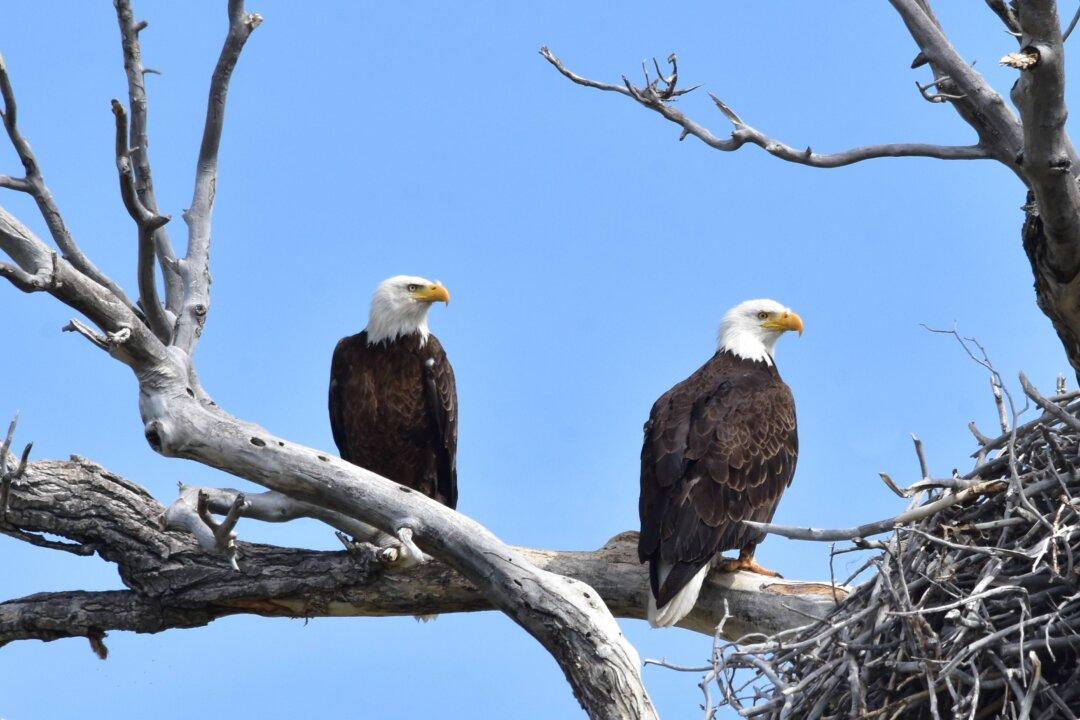Birdwatching is such a big deal along Ohio’s Lake Erie shore, 100,000 fans flock to a springtime festival in Ottawa County called The Biggest Week in American Birding.
That’s one reason why a proposal to build a wind-turbine farm, with whirring blades that kill birds, has been so hotly debated in nearby Erie and Huron counties.





